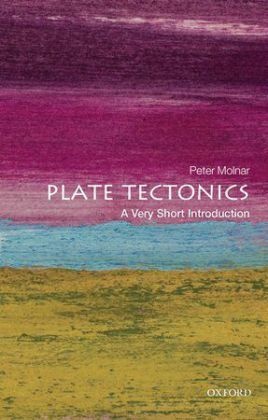Description
Product details
| Authors | Peter Molnar, Peter (Professor of Geological Sciences Molnar, Molnar Peter |
| Publisher | Oxford University Press Trade |
| Languages | English |
| Product format | Paperback / Softback |
| Released | 13.03.2015 |
| EAN | 9780198728269 |
| ISBN | 978-0-19-872826-9 |
| Dimensions | 115 mm x 178 mm x 10 mm |
| Series |
Very Short Introductions A VERY SHORT INTRODUCTION A VERY SHORT INTRODUCTION Very Short Introductions A Very Short Introductions Very Short Introduction |
| Subjects |
Natural sciences, medicine, IT, technology
> Geosciences
> Geology
popular science, SCIENCE / Earth Sciences / Geology, SCIENCE / Earth Sciences / General, Earth Sciences, Historical Geology, Historical geology and palaeogeology |
Customer reviews
No reviews have been written for this item yet. Write the first review and be helpful to other users when they decide on a purchase.
Write a review
Thumbs up or thumbs down? Write your own review.

